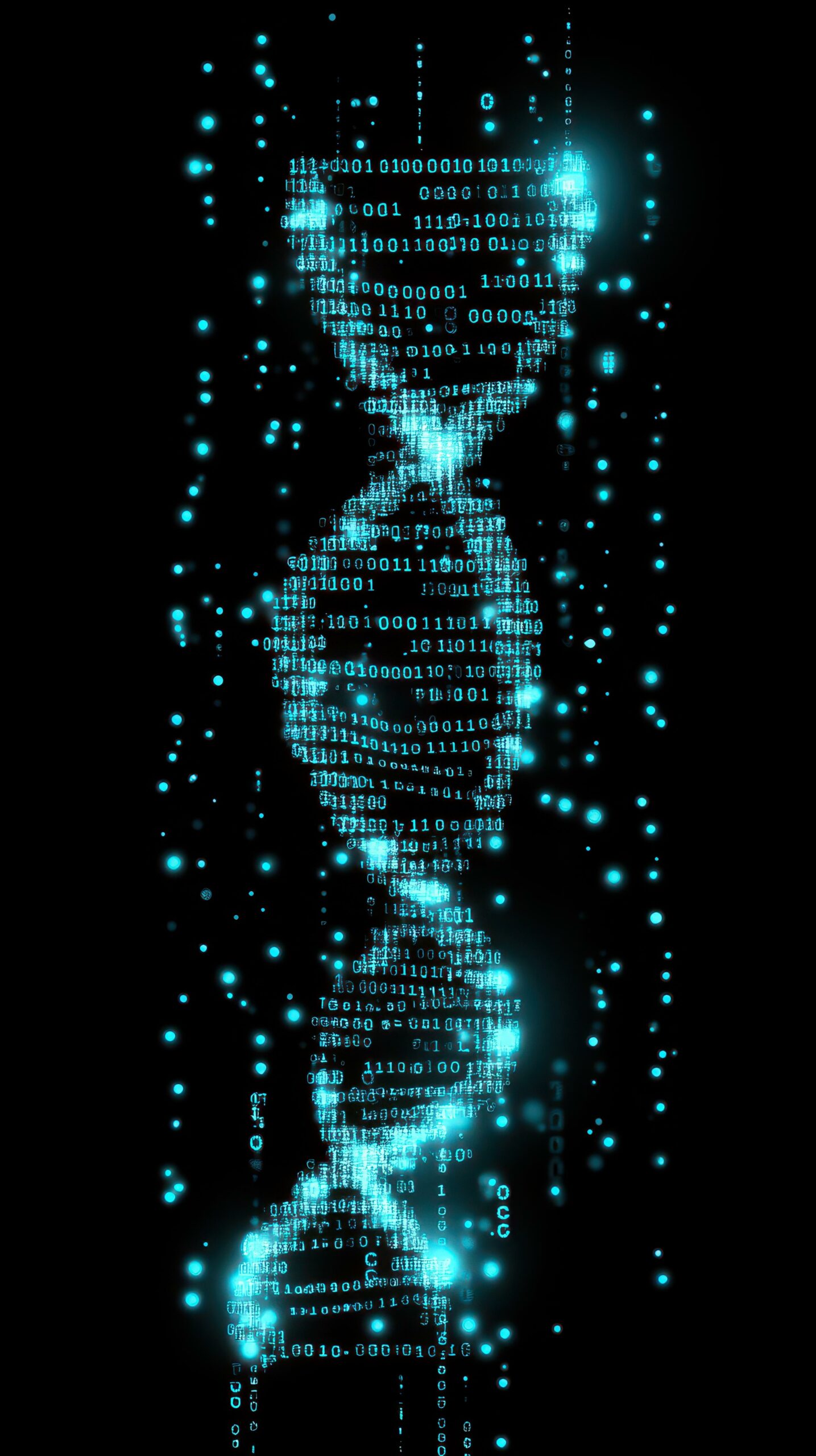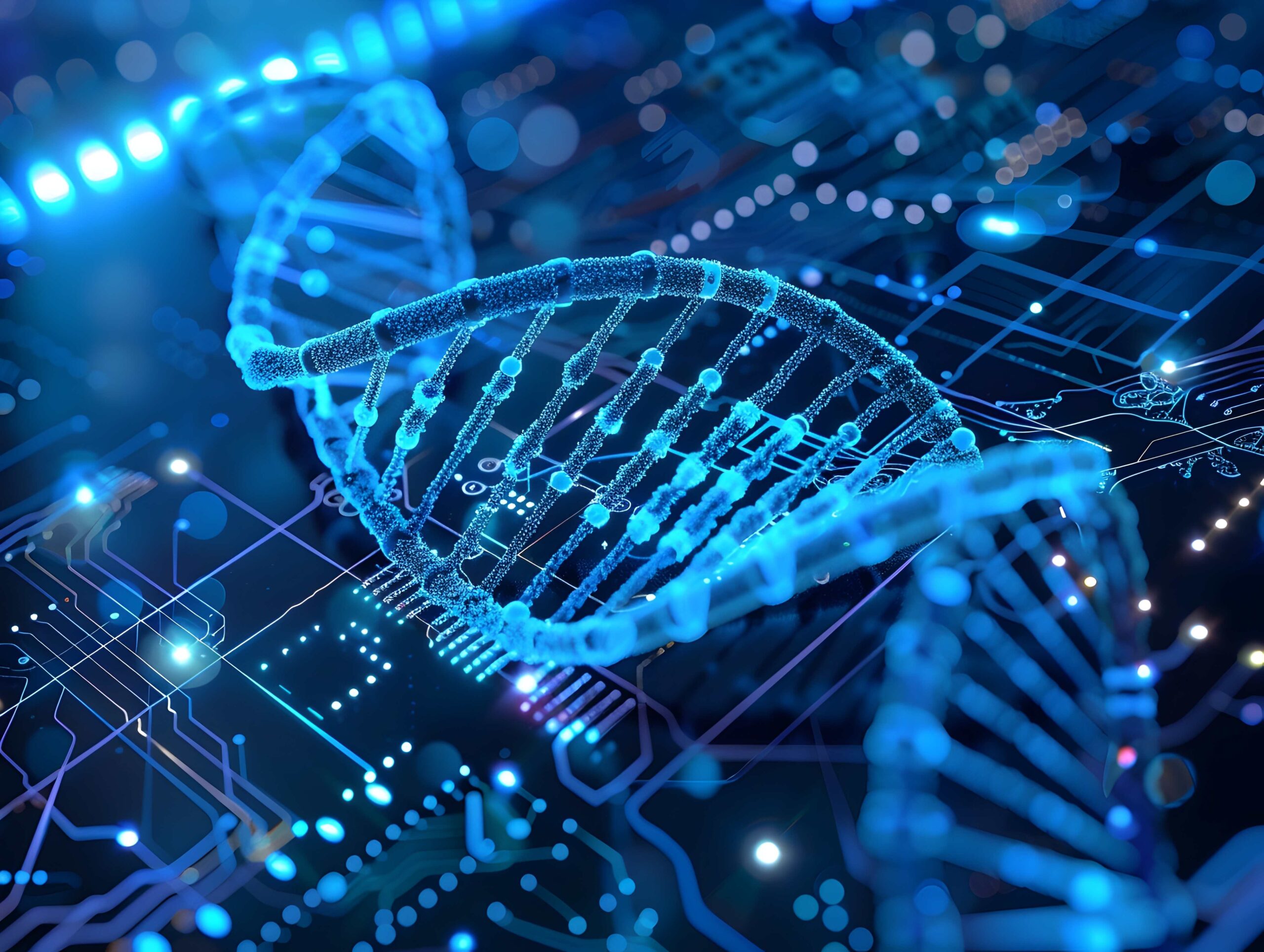Author: Angus McLachlan | Posted On: 09 Apr 2025
the data crisis
Since 2010, the world has been facing a growing data crisis, with the amount of digital data produced globally far outpacing our ability to store it. Recent estimates suggest that over 402 million terabytes of data are generated daily. To put this into perspective, the volume of data we generate every three days is equal to the total amount of data that had ever existed in 2010.

With IT leaders expecting their organisations’ data storage needs to double by the end of 2026, leading cloud service providers – Amazon, Microsoft, and Google – are battling to futureproof their energy supply by investing heavily in scalable clean energy solutions.
As data generation continues to outstrip storage capacity and consume enormous amounts of energy, an unexpected solution may be found in one of nature’s oldest technologies – DNA.
how DNA stores data
At its core, DNA is already a digital storage system. Instead of binary code, DNA uses a four-letter code to represent the four nucleotides that make up every strand of DNA. Using a lookup table, these four bases can be used to encode any digital information.
Here’s how it works:
- Encoding: Software converts digital data into a DNA sequence.
- Synthesis: Machines chemically create synthetic DNA strands matching that sequence.
- Storage: The DNA is dried and stored in tiny containers – no living cells involved.
- Retrieval: When needed, the DNA is sequenced (read) and decoded back into digital form.
In 2019, US startup Catalog successfully stored all English-language text on Wikipedia using synthetic DNA. Today, Twist Bioscience has developed technologies to synthesise millions of unique DNA sequences in parallel using silicon wafers, dramatically improving accuracy and scalability.

why DNA data storage matters
DNA offers several advantages over conventional data storage:
- Extreme density: DNA can store around 215 petabytes (215 million GB) per gram – the equivalent of over 2 million PlayStation 5 games.
- Longevity: Properly stored DNA can last thousands of years without degrading.
- Future-proof: The tools to read DNA will never become obsolete.
- Energy efficiency: Once stored, DNA requires no power to maintain.
Twist Bioscience estimate that in the long term, the cost of encoding data in DNA could fall to fractions of a penny per gigabyte, making it one of the most cost-effective archival storage options available.
the roadblocks
However, DNA data storage isn’t ready to replace the cloud just yet. Today, the process of writing data to DNA is expensive and time-consuming. Reading data back is improving, but still slower than accessing a hard drive. For now, the technology is best suited for cold storage – long-term archives that don’t need frequent access.
Researchers are focused on improving DNA synthesis speeds, reducing costs, and developing better error correction mechanisms. Soon, DNA storage could rival magnetic tape for archival data. Longer term, it may exceed the performance and cost of hard drives.
the future of digital preservation?
In the years ahead, DNA data storage could quietly reshape how digital information is preserved. Large cloud providers may shift to DNA for deep storage, reducing data centre footprints and energy usage. Your personal data, from family photos to medical records, could one day be stored safely and permanently in a fingernail-sized vial.
Perhaps most importantly, DNA storage offers humanity a chance to preserve knowledge, history, and culture for centuries to come in a medium that will never become obsolete.
The future of digital preservation may lie in the very molecule that makes us who we are.
Fifth Quadrant is a leading authority in Technology and Energy Transition market research. Explore our in-depth Energy Transition Case Studies to see how we help organizations navigate change and drive innovation. Have questions or want to learn more? For any questions or inquiries, feel free to contact us here.
Posted in Energy Transition, Technology & Telco, TL, Uncategorized

